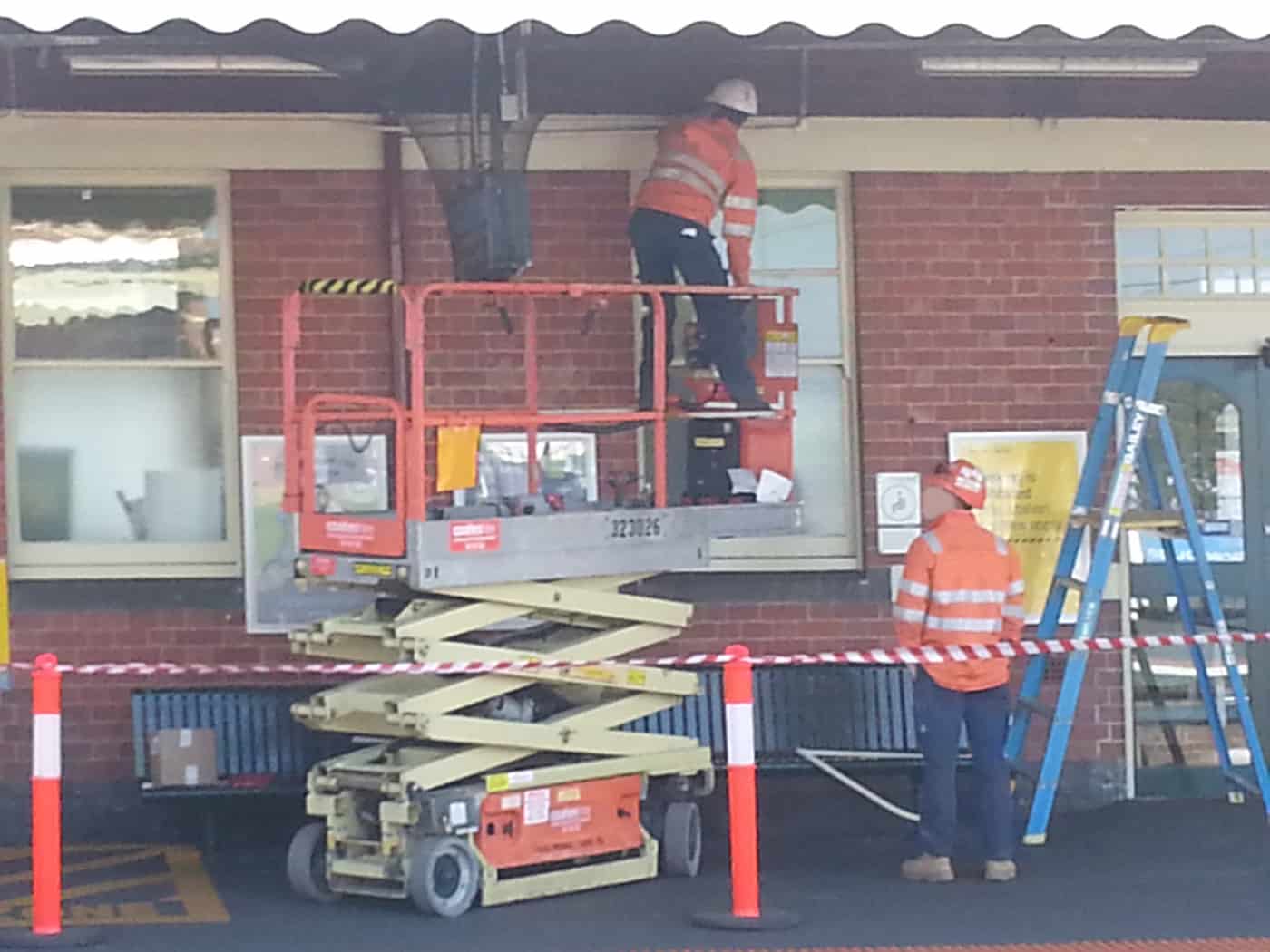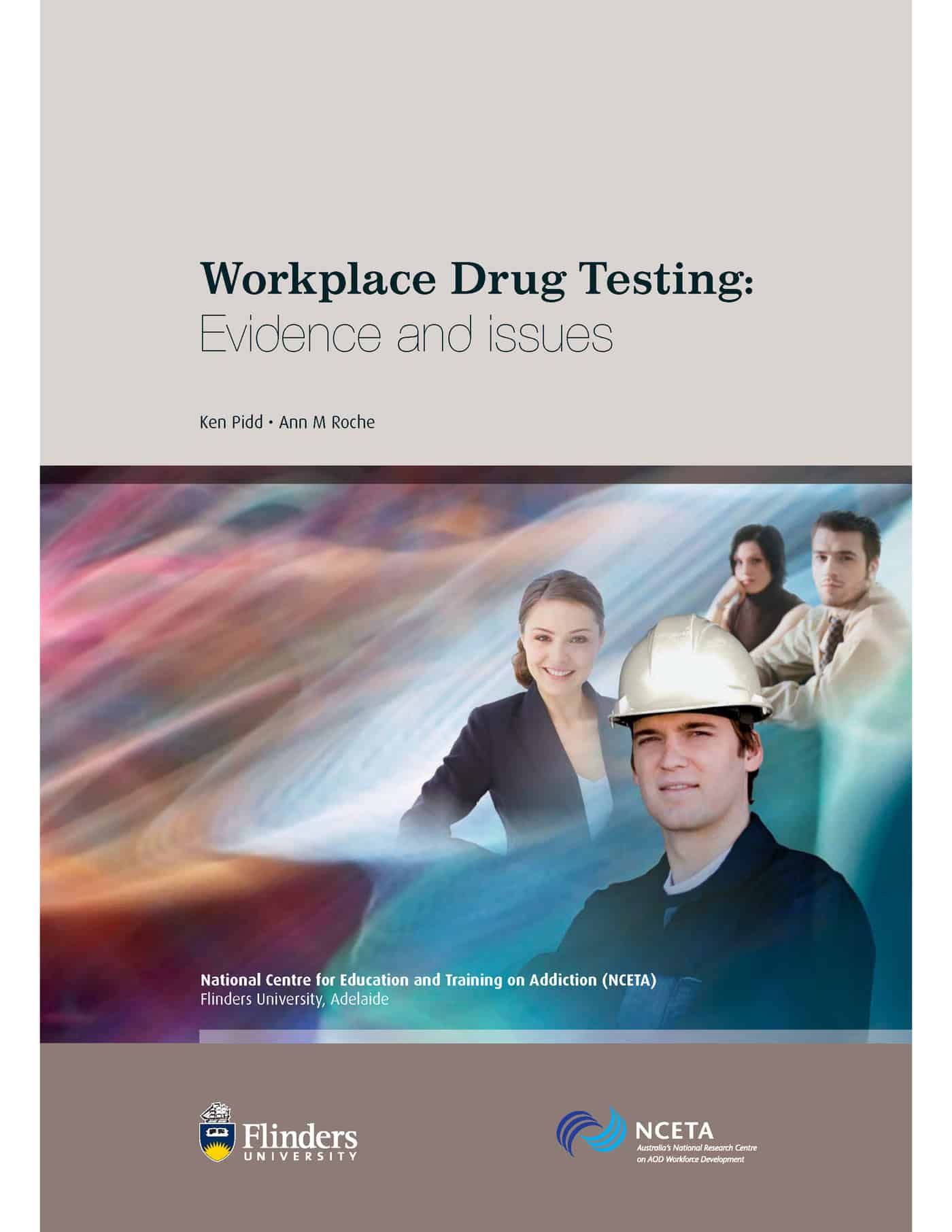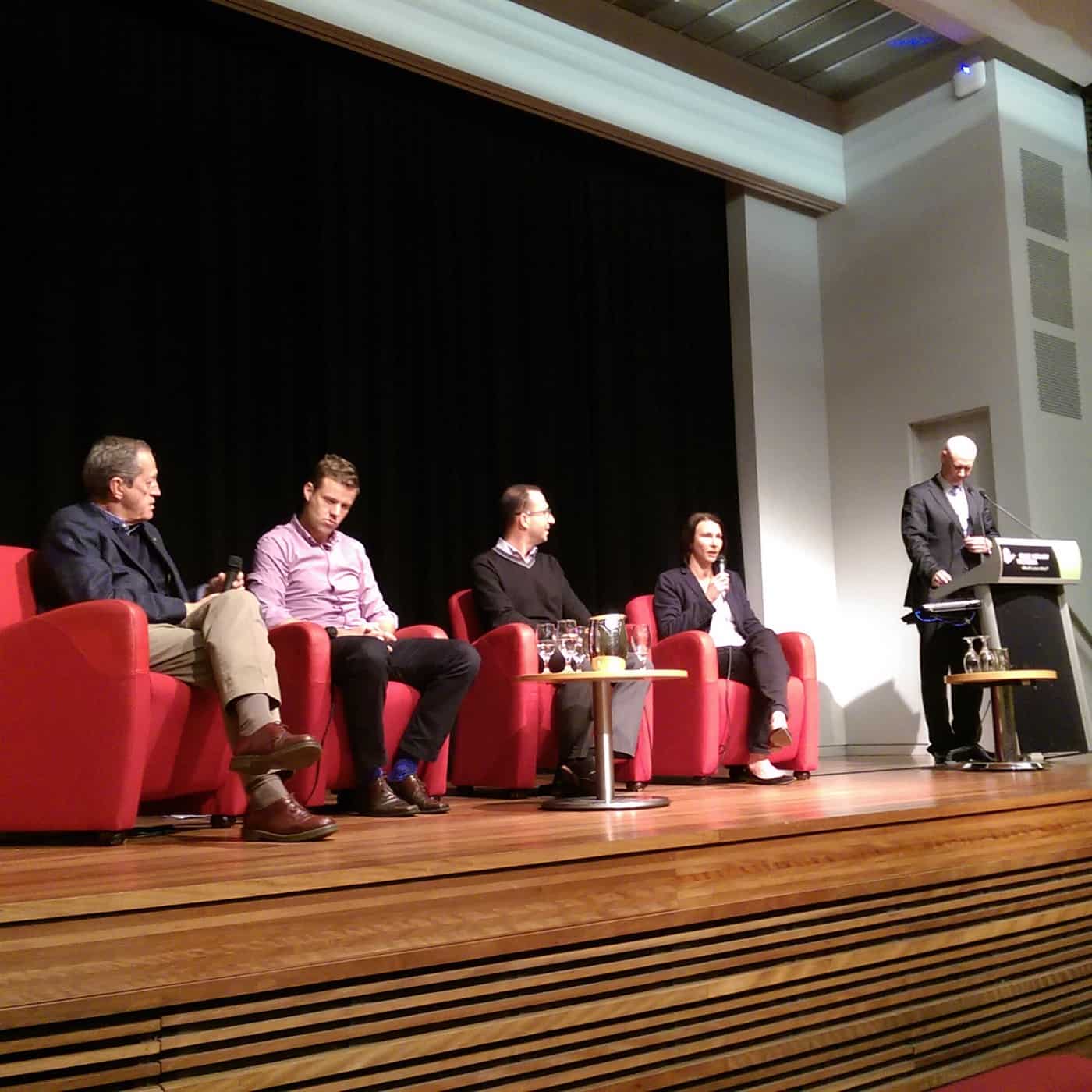Already a member? Log in here
Category: hazards
Psychology of aggression and risk control
Recently an Australian law firm, Herbert Smith Freehills, conducted a series of seminars that provided a different perspective on issues related to workplace mental health and safety.
Scissor Lifts and safety

Workers in scissor lifts often step on railings or overreach placing themselves at risk of falling. These actions are contrary to the use of plant as usually recommended by manufacturers and to the usual requirements in an occupational health and safety (OHS) management plan for working in the rail environment.
The actions in these photographs occurred on a Melbourne railway station and in an industry that this author has worked in for the last six years. Photographs never show the entire facts of a situation and there are many assumptions and what-if scenarios about which these photos could, and should, start discussions. The following discussion of occupational health and safety management issues focuses on the facts presented by the photos*.
Safety learnings from construction

I have recently finished some years of full-time work as a safety adviser on a range of construction projects in Australia and below is a list of some of what I have learnt (in no particular order).
Ask questions
People may initially think you are an idiot but, if you are genuinely interested, they will explain what they are doing (usually with some pride in their tone) and offer suggestions of how to do it better or safer.
Follow through
If you have said that you will look into an issue or provide additional information, do it. If you do not, your credibility with the worker you were talking with and, likely, their supervisor and workmates, is gone.
Drug and alcohol testing does not improve workplace safety, so why have it?
 Testing for drug and alcohol effects in workplaces sounds sensible but what do you do when there is no evidence that it improves worker safety or reduces risk? Apparently ignore the evidence, create industrial tension and impose unnecessary costs on industry.
Testing for drug and alcohol effects in workplaces sounds sensible but what do you do when there is no evidence that it improves worker safety or reduces risk? Apparently ignore the evidence, create industrial tension and impose unnecessary costs on industry.
The Australian national government and the Victorian (State) government have both pledged to introduce drug and alcohol testing for the construction sector. The Victorian Government also promised to introduce drug and alcohol testing for parliamentarians but everyone expects a backdown on that election pledge.
Recently two researchers in Adelaide, Ken Pidd and Anne Roche published a research paper in Accident Analysis & Prevention asking “how effective is drug testing as a workplace safety strategy?“. The abstract states:
“…the evidence base for the effectiveness of testing in improving workplace safety is at best tenuous.”
Drug and alcohol testing amendments may weaken safety
Last week the former Workplace Relations Minister, Eric Abetz, informed Australians that amendments had been introduced into the Building Code 2013 concerning drugs and alcohol testing. However an analysis of those amendments shows that the amendments may not achieve what Abetz promised.
Siobhan Flores-Walsh, a Partner with the Australian law firm, Corrs Chambers Westgarth, has provided the following table that summarises a couple of those amendments. Continue reading “Drug and alcohol testing amendments may weaken safety”
OHS is in sports but by another name
After writing a recent article about the relevance of occupational health and safety (OHS) laws to sporting clubs, I attended a sports medicine seminar to access a different perspective on workplace safety.
 Having never played sports outside the obligatory high school activities, which in my high school also included snooker?!, the world of locker rooms and team sports is foreign. But earlier this week I learnt that where OHS professionals talk about productivity, sportspeople speak of performance, and where factories address line speed, sports physicians talk of load management. I also learnt that professional sportspeople are exempt from workers’ compensation.
Having never played sports outside the obligatory high school activities, which in my high school also included snooker?!, the world of locker rooms and team sports is foreign. But earlier this week I learnt that where OHS professionals talk about productivity, sportspeople speak of performance, and where factories address line speed, sports physicians talk of load management. I also learnt that professional sportspeople are exempt from workers’ compensation.
